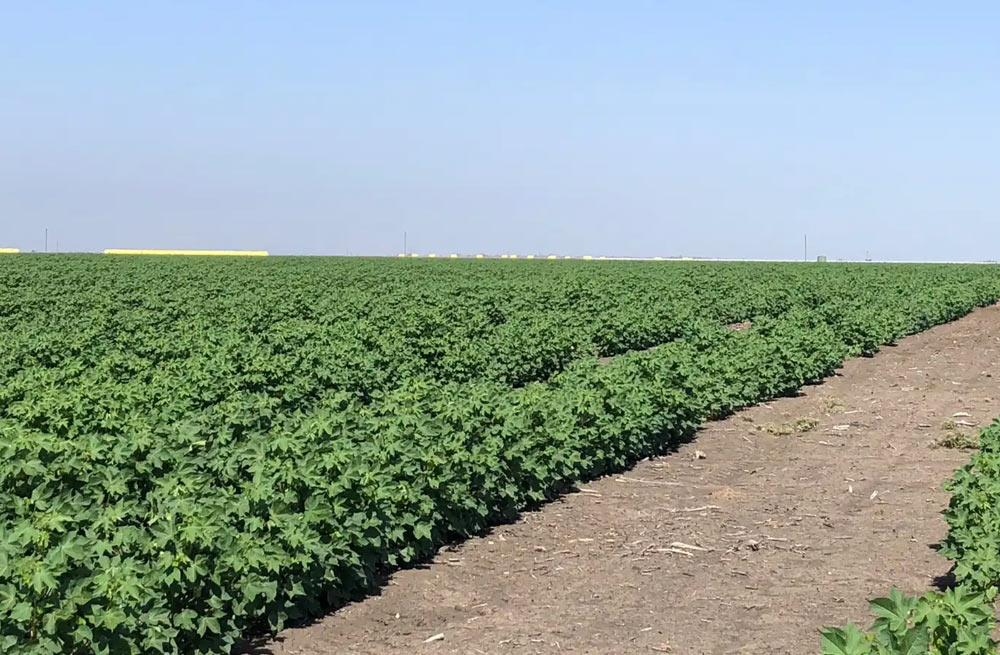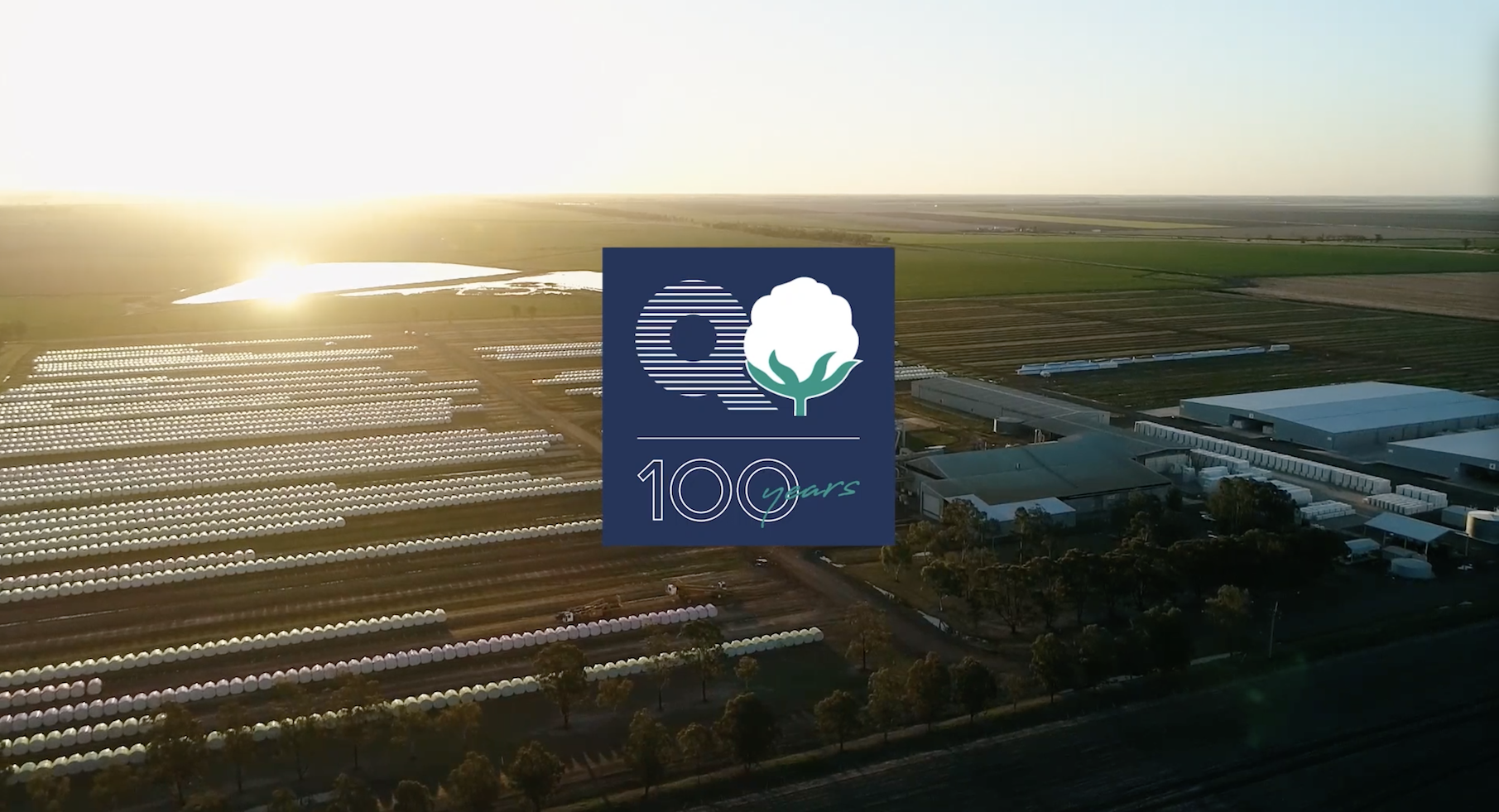
Where the story began
A gentlemen’s agreement at Brisbane’s Executive Building begins the century long history of Queensland Cotton. The establishment of The Australian Cotton Growing Association Limited derived from Queensland’s potential as a major world cotton producer. Securing a supply of pure cotton seed meant the association could maintain a high-quality crop.
Members of the newly-formed Australian Cotton Growing Association Limited visited Queensland in 1921, meeting senior government officials, including the then Governor of Queensland, Sir Matthew Nathan.
Seated from left to right are Harold Parker, (Manager, Messrs. William Calvert and Sons, Preston), His Excellency Sir Matthew Nathan, P.C., G.C.M.G., Crompton Wood, (Managing Director, Messrs. Smith and Rathbone).
Standing from left to right are Hon. Crawford Vaughan, (Managing Director, Australian Cotton Growing Association), E.G.E. Scriven, (Under Secretary, Department of Agriculture and Stock), L. Atkin, (Instructor in Cotton Culture), Colonel Hurley, C.M.G., (Commonwealth Immigration Department), Hon. W.N. Gillies, (Minister for Agriculture and Stock), W.P. Ascroft, (Director Australian Cotton Growing Association), R.L. Harding, (Secretary to the Delegation), and E.F. Carter, (Consulting Engineer).
1922
The first gins were developed
1922 saw the construction of the first two gin sites, at Rockhampton and Brisbane. The Rockhampton gin was designed on the Lummus automatic system, averaging 3 bales per hour. The machinery was described as “the most up to date” at the time.
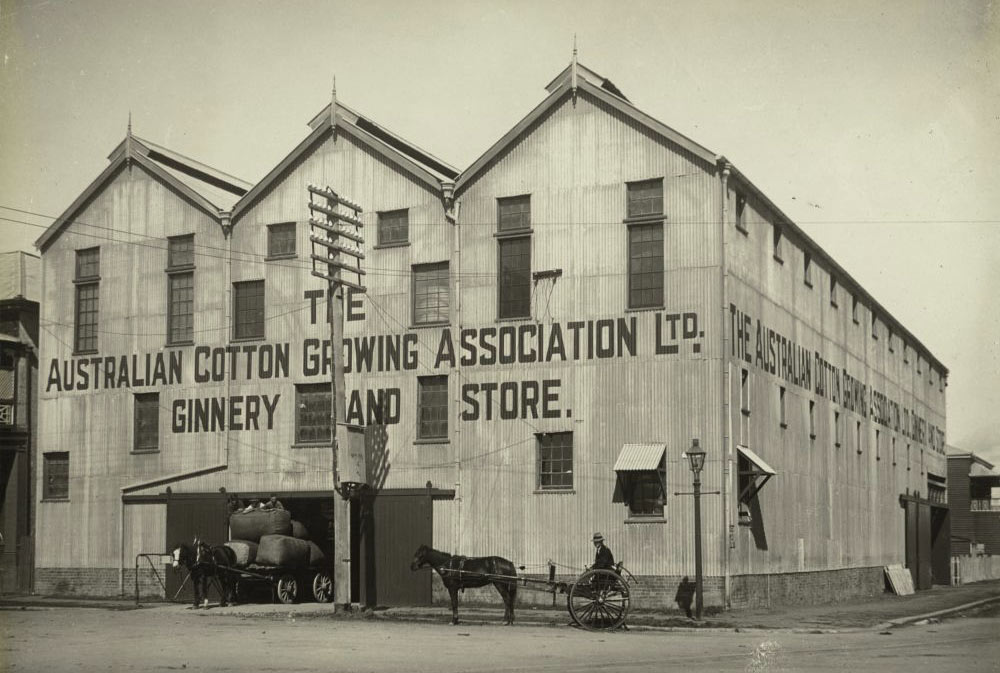
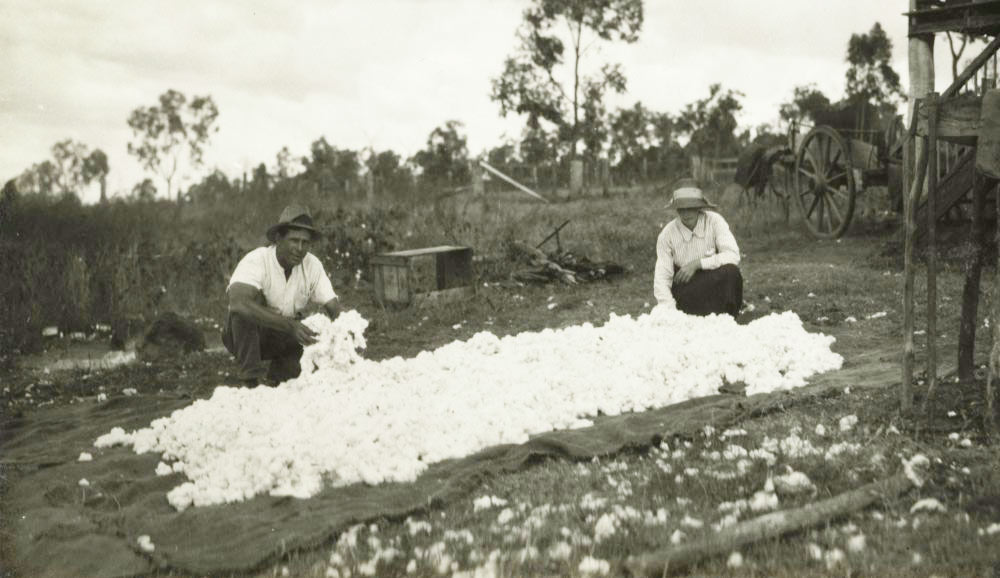
1926
A push for industry growth
The Australian Cotton Growing Association Limited was renamed to Queensland Cotton Board in 1926 in an effort to promote industry growth. With the industry’s uncertainty and a series of drought years, the average picked cotton declined by 50% over two seasons. Lobbing began for a tariff on imported cotton lint to encourage locally grown cotton.
1930s
1930
An industry in decline
The Depression and decreasing world markets had grave consequences on the industry. Labour costs progressively decreased, and the demand for cotton pickers saw a small Russian émigré community develop in the Biloela – Thangool region, who later became growers themselves. During this time of hand-picking cotton, each person could pick approximately 100lb of cotton daily.
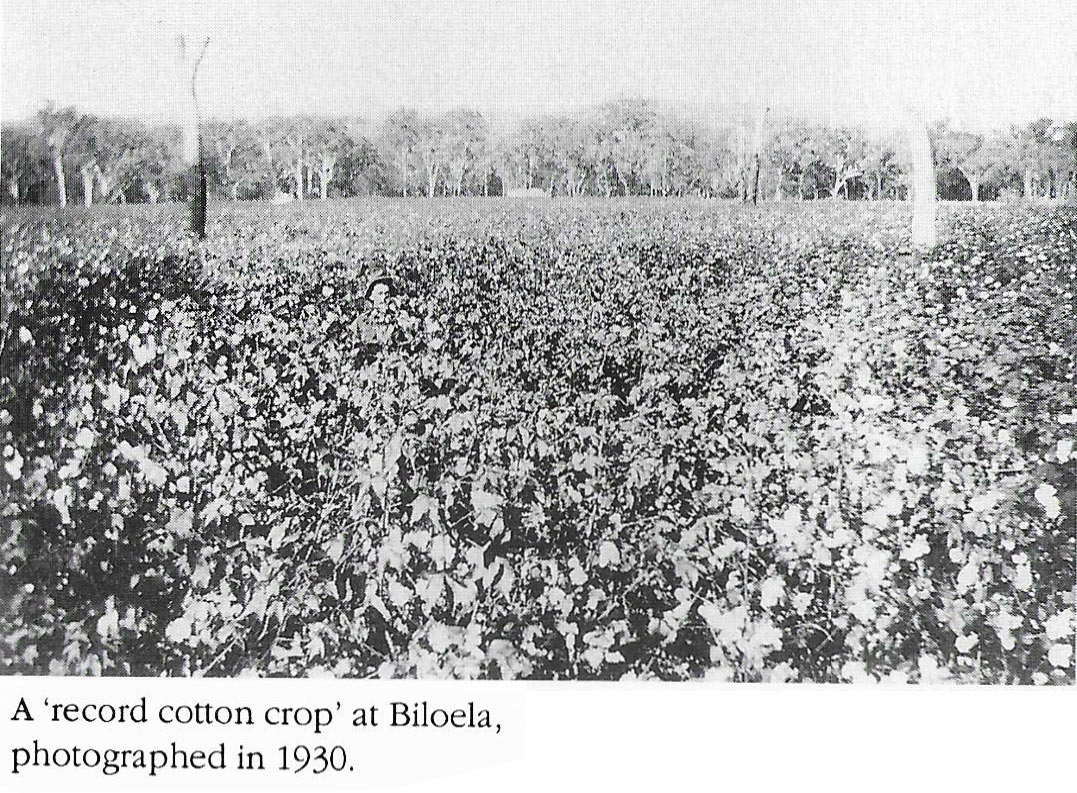
1940s
1940
From man to machine
In 1939, the Queensland Cotton Board imported the first cotton picking machines seen in Australia, from Rust and I.H.C, and were put into operation in 1940. As the industry continued to decline, determination from the Cotton Board grew to rally support and revive production.
Two Row Harvester
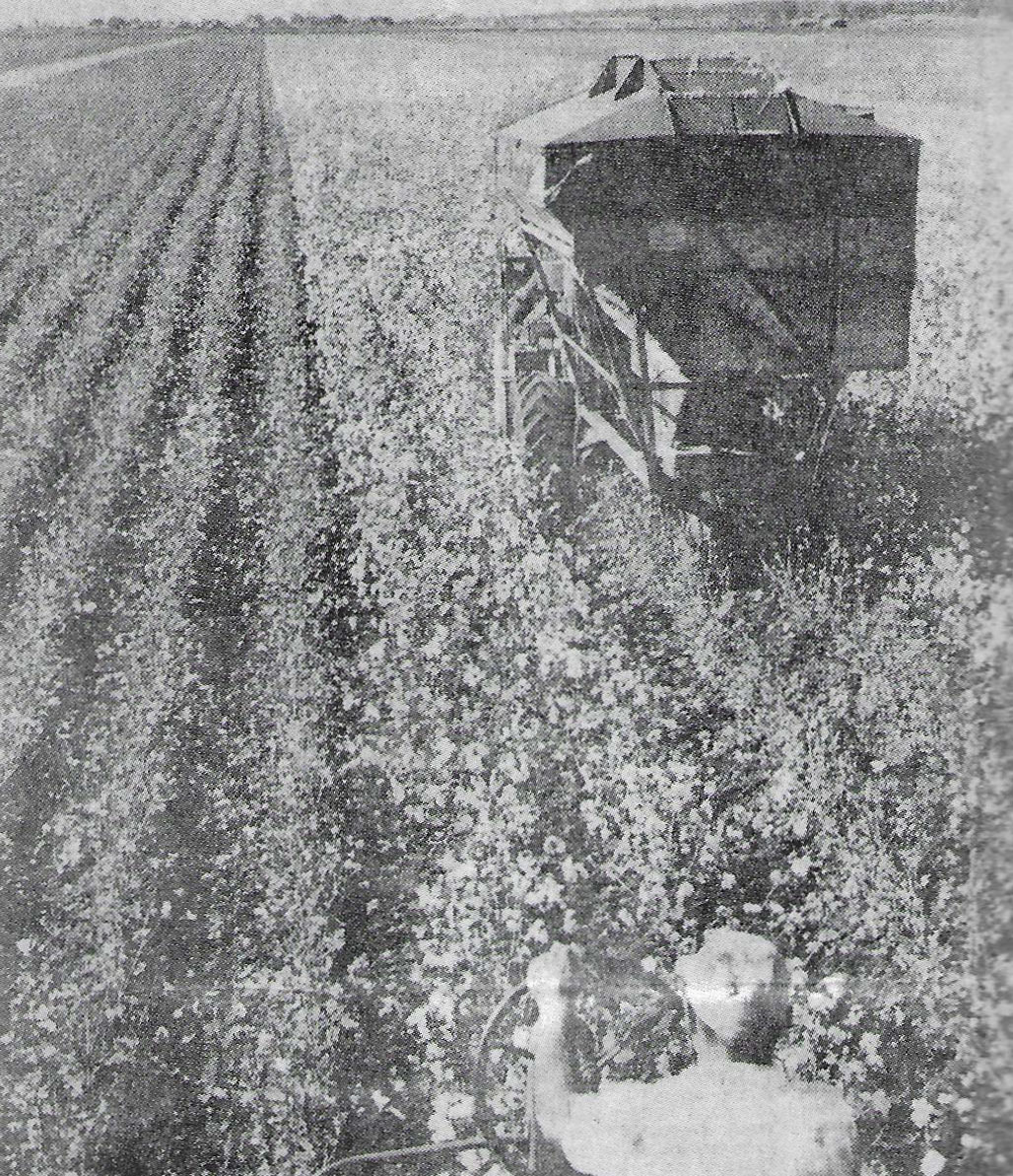
1950s
1952
Full steam ahead
As momentum in the industry began to pick up in the early 50s, Board employees manned a total of 12 harvesters, which were offered to growers on a contract basis. Spraying equipment and a two-row cotton seed planter were also built by the Board and available for contract work.
1959
New hope for the industry
By the late 50s, small acreage areas of irrigation were planted in St. George and Gibba Gunyah. As a new hope for the industry, a cooperative venture with the Irrigation and Water Supply Commission and the Department of Agriculture was led by the Cotton Marketing Board. Through the high success and profit of such initiatives, numbers began to increase in the Lockyer Valley and Darling Downs regions, as producers turned to cotton. Successes continued in the Wee Waa district with international investment from American growers.
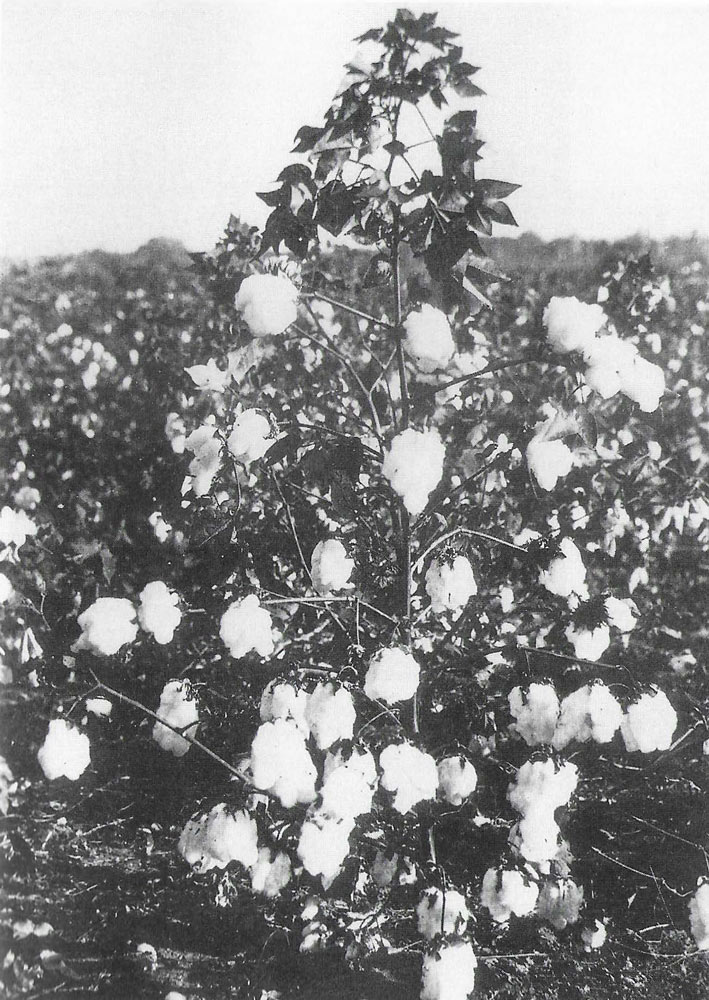
1960s
1963
Dryland cotton drought
During this time, a minimum price for cotton seed was no longer guaranteed to farmers. The Bounty Act of 1963 provided a bounty on a raw cotton quality basis for sales to Australian spinners. Dry land cotton farming numbers depleted, falling by 50% in one year. The future of cotton in Queensland lay with irrigated farming.
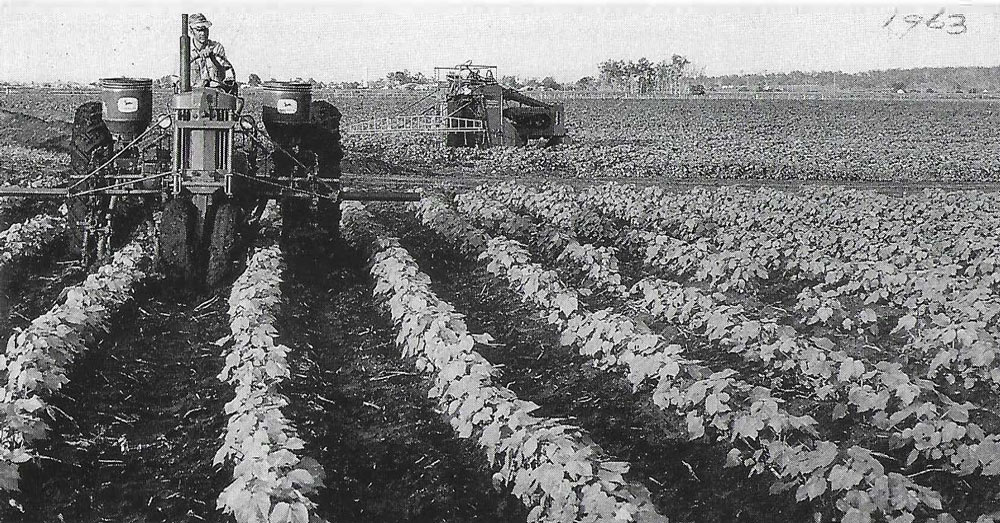
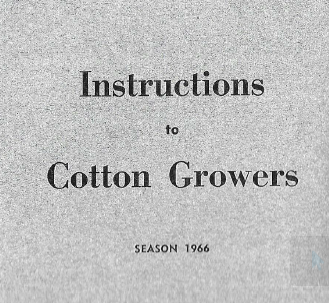
1965/1966
State support
The State Government and Cotton Marketing Board were determined to support the industry, with many growers remaining informed through booklets by the Board. Around this time, the Leslie Dam and Condamine River projects were under construction. A major boost for the industry was foreseen as the Whinstanes gin was transferred to a site on the Darling Downs.
1970s
1973
New gins for grower demand
New Board ginneries were in service at Biloela and St. George. The St. George gin was significantly expanded in 1976 as demand grew.
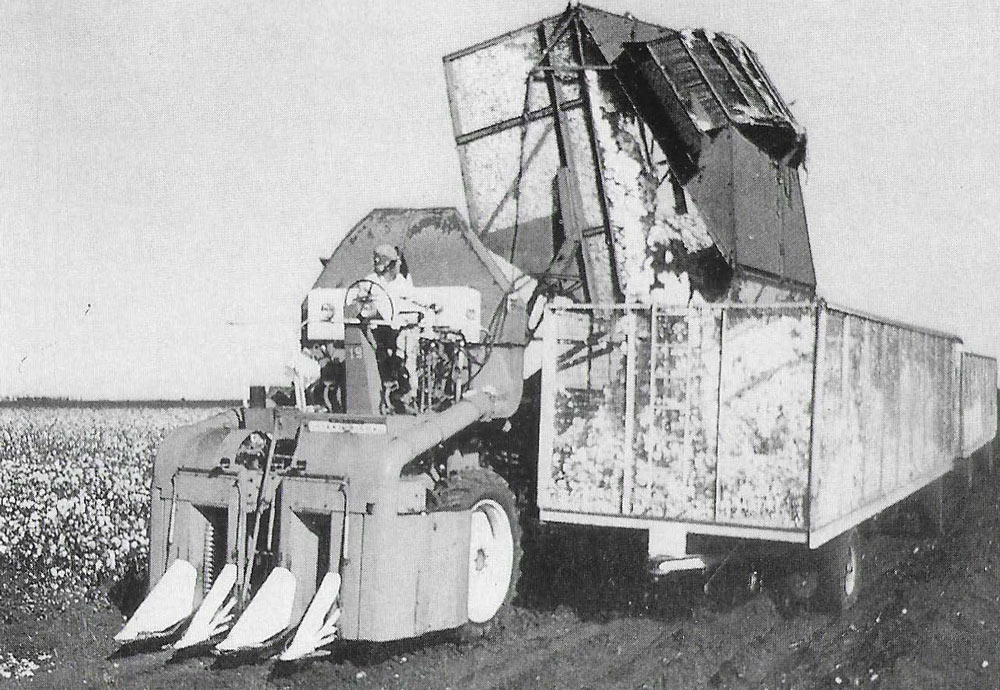
1976
The Golden Anniversary
As The Cotton Marketing Board celebrated 50-years, the Queensland cotton industry was steadily heading towards its first production of over 30,000 bales and industry growth in North-West NSW. Major innovations in machinery saw considerable improvements in picking quantities. The two-row picker was equivalent to 50 – 60 men harvesting 12 hectares per day.
1979
Expansion in central Queensland
Growth in the industry continued in Central Queensland. To support demand, the Emerald gin was commissioned and developed.
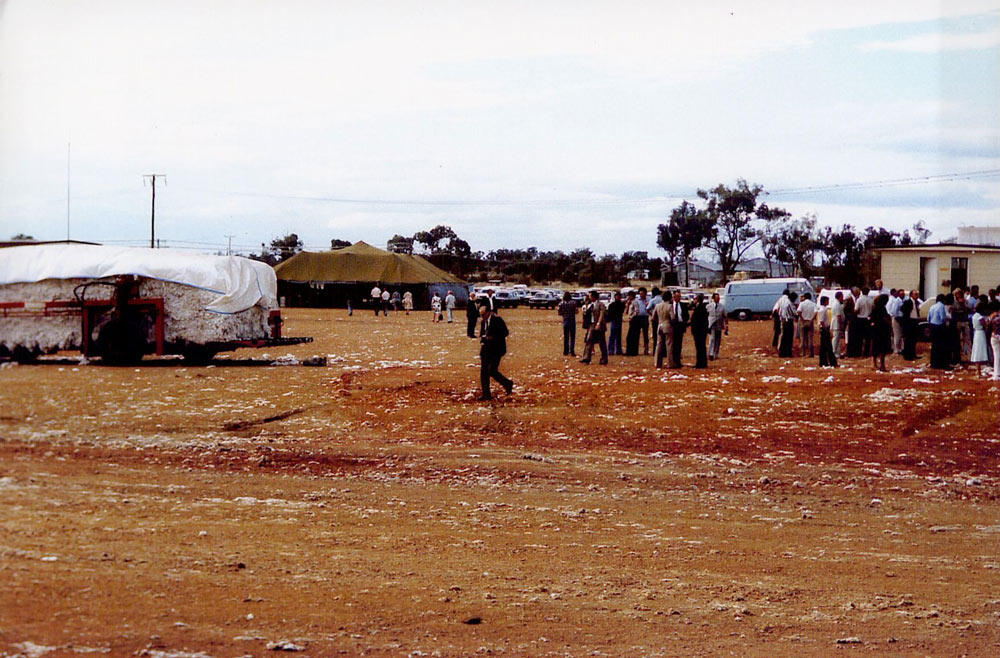
1980s
1985
A growing industry
Investments were made in the mid-80s on the Darling Downs with the build of the Cecil Plains gin. In 1987, the agronomy subsidiary, CottCo was established. The agronomy services supported Queensland cotton growers and were fundamental in the growth of production in the region. CottCo was subsequently sold in 1998.
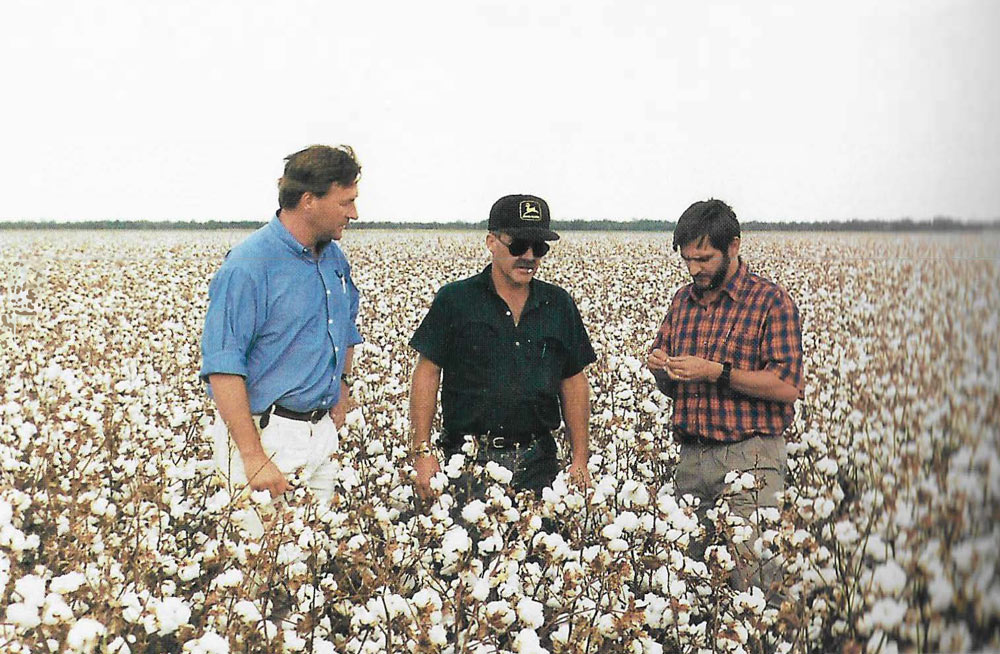
1990s
1992
Progress continues
Further investments continued on the Darling Downs, with the second gin being built in the region at Dalby. As the industry in NSW increased, the Wee Waa gin was constructed, to service the Namoi Valley growers.
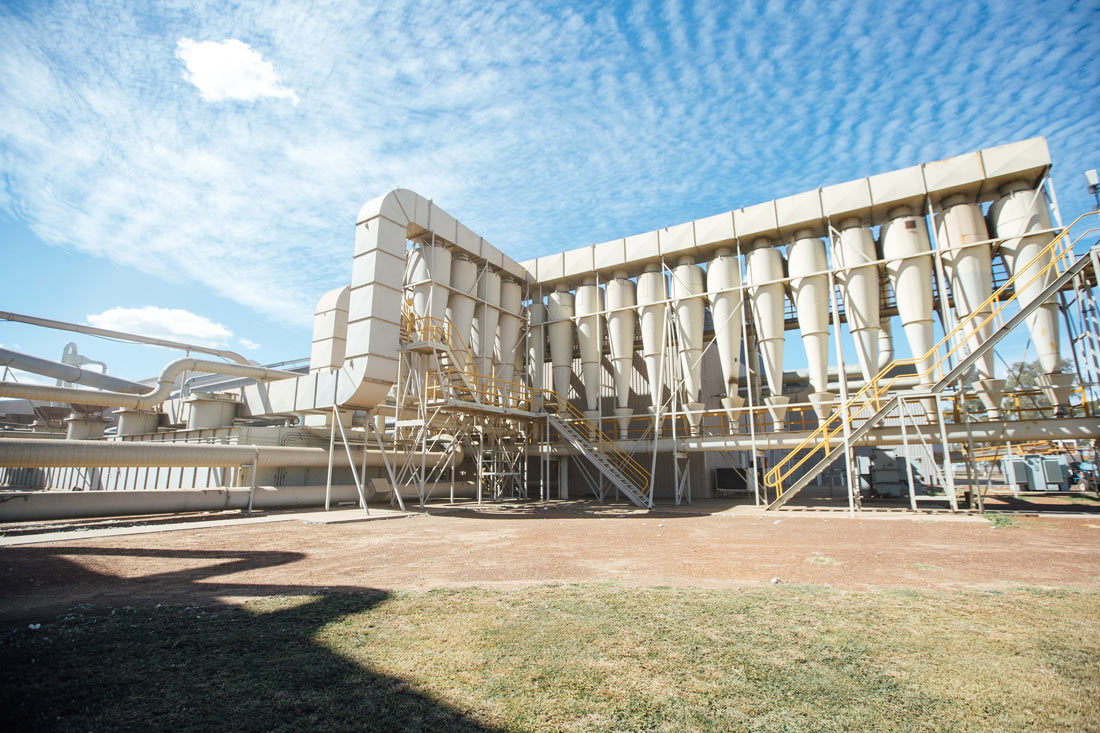

1997-2004
Global operations
The acquisition of Anderson and Clayton in 1997 provided entry into the US cotton market and took Queensland Cotton’s origination business global. Operations in Brazil and Texas commenced in 2004.
1999
Operation development in the Southwest
The Queensland cotton industry continued to grow, with the Beardmore gin constructed to service the growers in Queensland’s Southwest regions.
Moura Gin had their first year of operation.
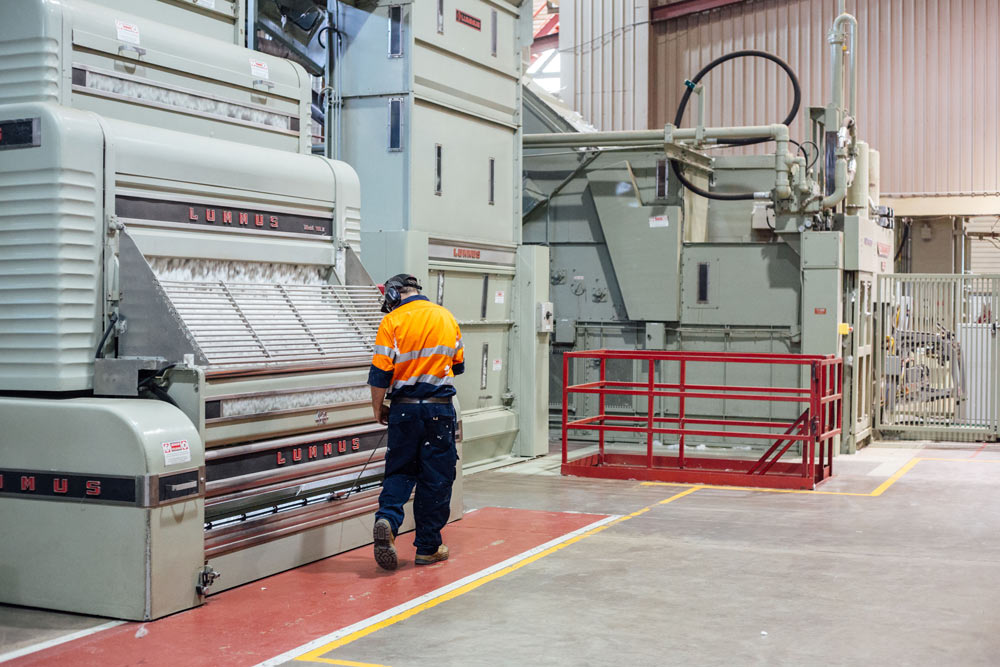
2000s
2007
Queensland Cotton joins the Global Cotton Business
Queensland Cotton is acquired by Olam International and becomes part of Olam International’s Global Cotton Business.
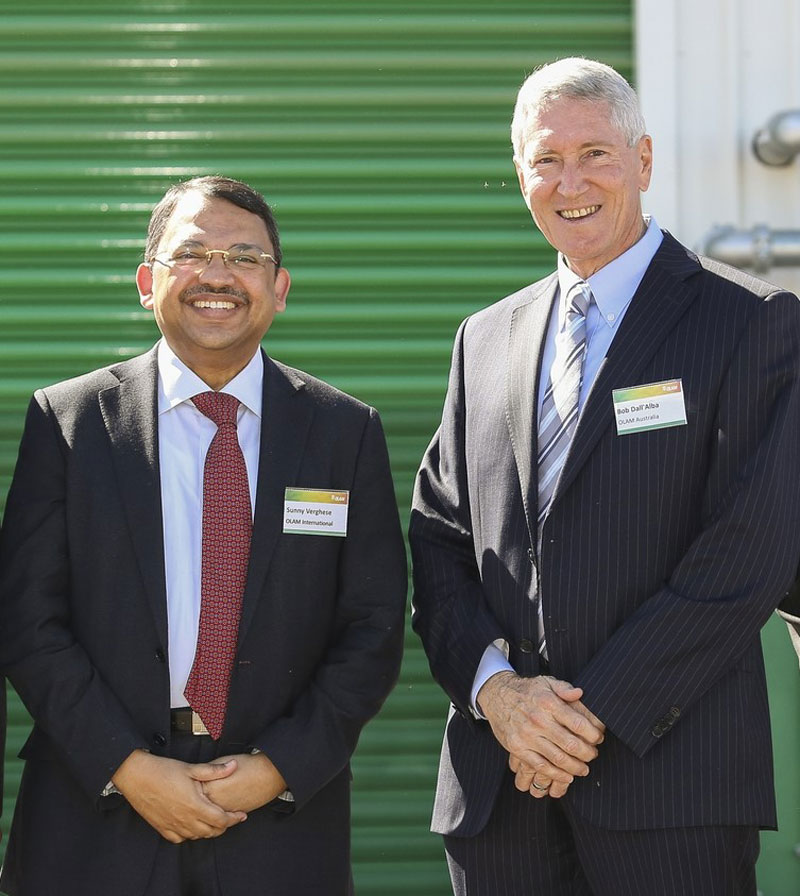
2010s
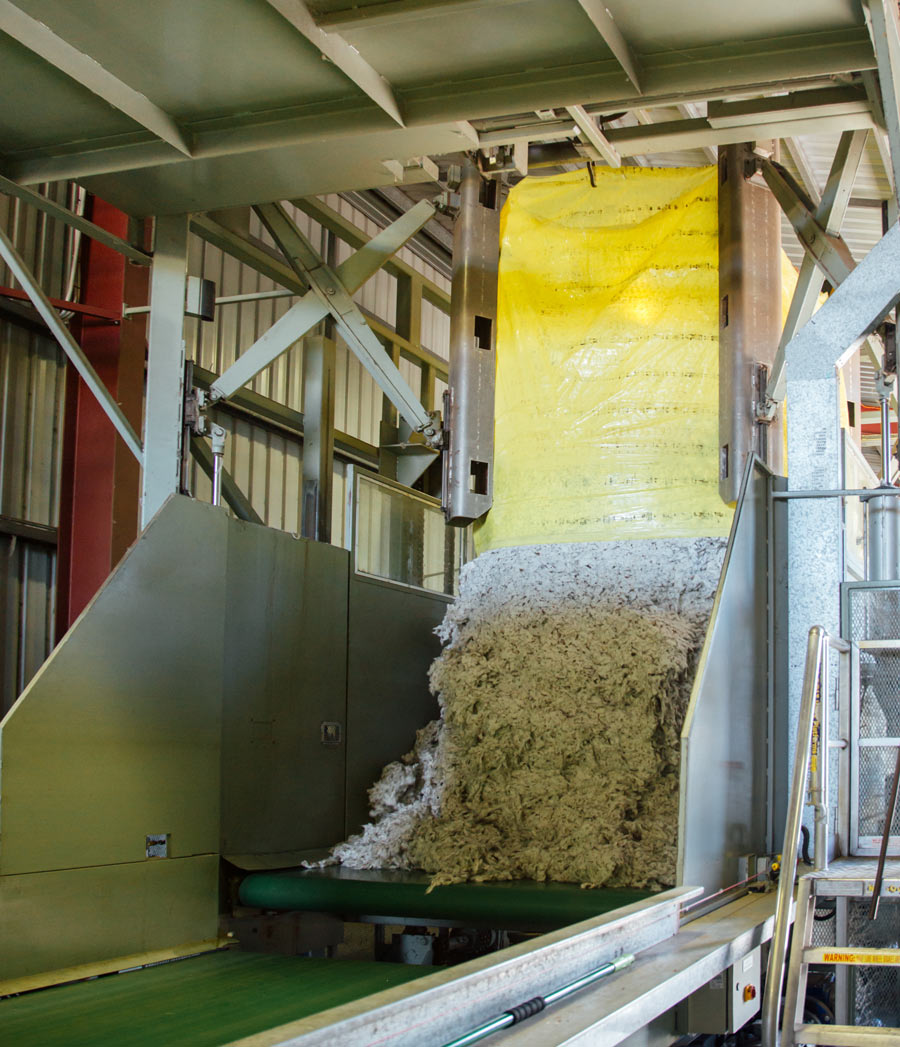
2010
Ginning goes automatic with new innovations
As round modules became more popular, Queensland Cotton designed and built an unwrapping apparatus for the Dalby gin. The innovative machine was designed to be fully automatic in operating round and conventional square modules.
2012
The year of millions
The largest Australian cotton crop to date was grown, at 5.6 million bales. Queensland Cotton gins and exports over 1 million bales for the first time, and exports cotton seed in bulk vessel.
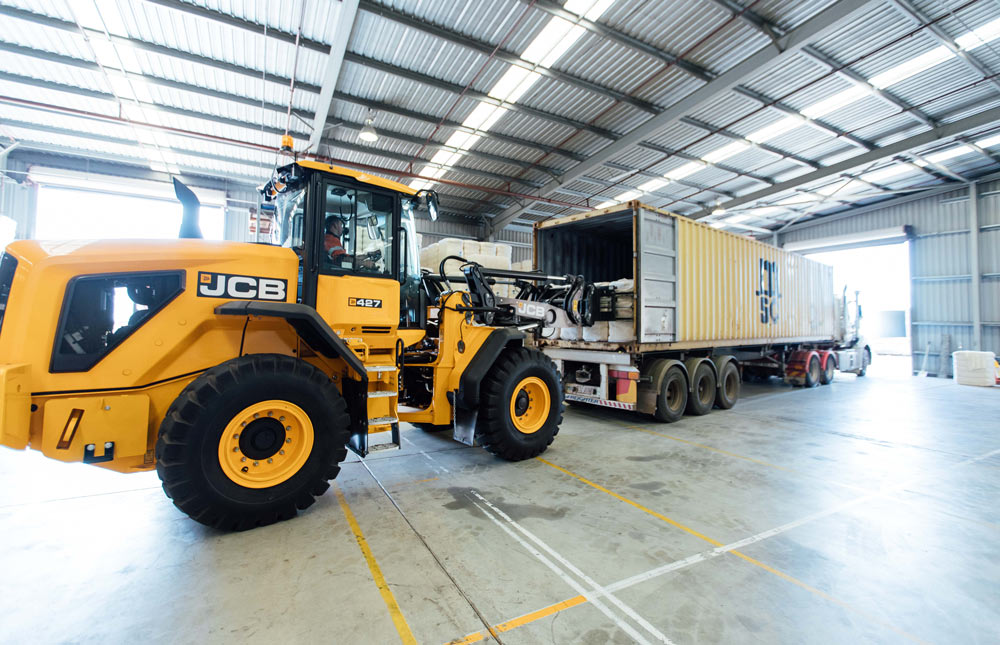

2014
Classing investment
Queensland Cotton purchases a 20% shareholding investment in ProClass, and independent classing operation servicing Australian cotton growers and merchants.
2017
Warehousing expansion
The warehousing and export hubs at both Dalby and Cecil Plains gin sites were constructed. Today, over 75% of our cotton purchased is exported from our warehouse facilities at Dalby, Cecil Plains and Wee Waa locations.

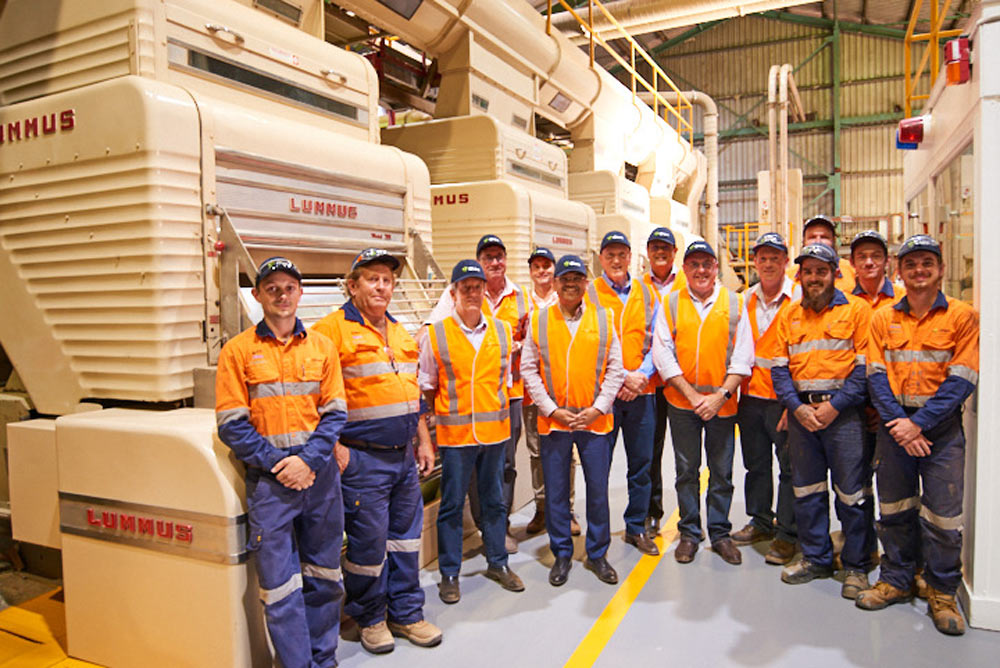
2019
Rural milestone
The Emerald gin celebrated 40 years of service. The milestone shows recognition to the operational history and incredible support the team has given to the rural cotton community in Central Queensland.
2020s
2020
Sowing the seeds for Australia’s cotton future
The “Codenwarra West” property in Emerald was purchased – expanding our farming footprint in the Australian agriculture landscape.
